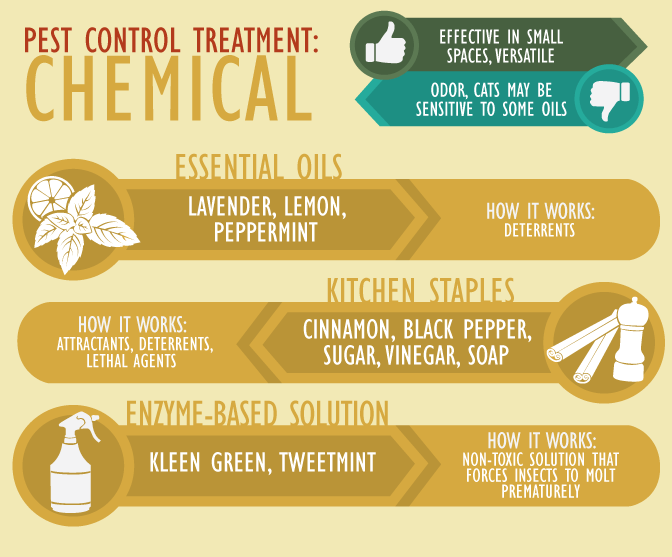Find Out Vital Strategies For Protecting Your Residence From Rodents In The Attic Room
Find Out Vital Strategies For Protecting Your Residence From Rodents In The Attic Room
Blog Article
Personnel Writer-Silver Garza
Visualize your attic room as a comfortable Airbnb for rodents, with insulation as fluffy as resort cushions and wiring a lot more attracting than space solution. Currently, imagine these unwanted guests throwing a wild event in your home while you're away. As a house owner, ensuring your attic room is rodent-proof is not almost peace of mind; it's about safeguarding your building and loved ones. So, what basic steps can you take to safeguard your refuge from these furry burglars?
Examine for Access Points
To begin rodent-proofing your attic room, evaluate for entrance factors. Begin by thoroughly analyzing the outside of your home, trying to find any kind of openings that rats could make use of to access to your attic room. Check for gaps around utility lines, vents, and pipes, in addition to any fractures or openings in the structure or home siding. Make sure to pay very close attention to areas where different building materials satisfy, as these prevail entrance points for rodents.
Furthermore, evaluate the roofing system for any type of damaged or missing out on shingles, in addition to any kind of spaces around the sides where rats could press with. Inside the attic, search for indicators of existing rodent activity such as droppings, chewed cables, or nesting materials. Utilize a flashlight to thoroughly check dark edges and surprise areas.
Seal Cracks and Gaps
Evaluate your attic completely for any kind of splits and gaps that require to be sealed to prevent rats from getting in. Rats can press through also the smallest openings, so it's vital to seal any type of possible entry points. Inspect around pipelines, vents, cable televisions, and where the walls fulfill the roof covering. Use a mix of steel woollen and caulking to seal off these openings properly. Steel wool is an outstanding deterrent as rodents can't eat via it. Make sure that all spaces are firmly sealed to refute access to undesirable pests.
Don't overlook the relevance of securing spaces around doors and windows also. Use Highly recommended Site stripping or door moves to seal these areas properly. Examine the locations where utility lines enter the attic and secure them off making use of an ideal sealant. By making the effort to secure all fractures and spaces in your attic room, you develop an obstacle that rats will certainly locate challenging to violation. Avoidance is type in rodent-proofing your attic, so be comprehensive in your efforts to seal off any type of possible entrance points.
Remove Food Sources
Take aggressive procedures to get rid of or save all potential food sources in your attic to hinder rats from infesting the area. Rodents are drawn in to food, so removing their food resources is crucial in keeping them out of your attic.
Here's what you can do:
1. ** Shop food safely **: Avoid leaving any kind of food things in the attic room. Store all food in impermeable containers made of steel or sturdy plastic to avoid rats from accessing them.
2. ** Tidy up debris **: Eliminate any heaps of particles, such as old newspapers, cardboard boxes, or timber scraps, that rats might utilize as nesting material or food resources. Keep the attic clutter-free to make it less attractive to rats.
3. ** Dispose of waste properly **: If you use your attic room for storage and have rubbish or waste up there, ensure to take care of it regularly and correctly. Rotting garbage can draw in rats, so keep the attic room clean and devoid of any type of organic waste.
underground termites
In conclusion, remember that an ounce of avoidance is worth an extra pound of remedy when it concerns rodent-proofing your attic room.
By making the effort to inspect for entry factors, seal splits and spaces, and remove food sources, you can keep unwanted parasites at bay.
Bear in mind, 'An ounce of prevention is worth a pound of remedy' - Benjamin Franklin.
Keep proactive and protect your home from rodent problems.
